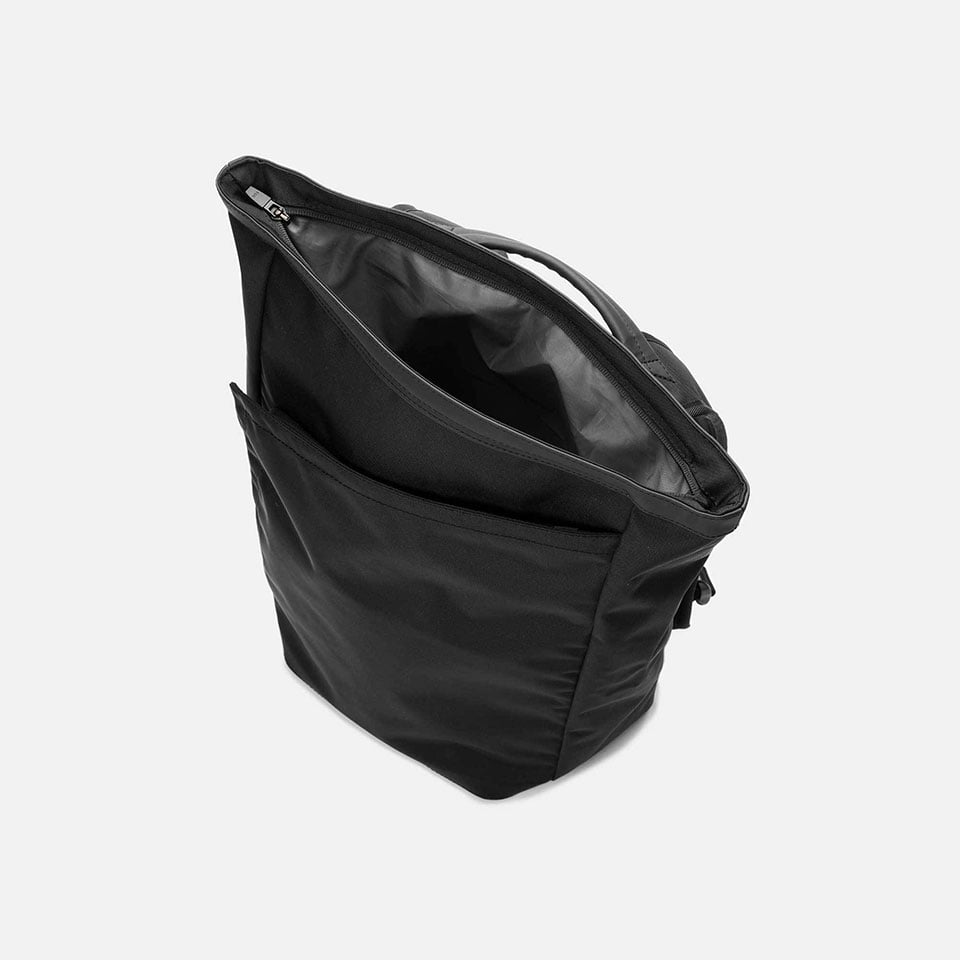
In this small space, two of us are exchanging our stories-the stories of transnational immigrants who have started our lives over in the United States of America (USA). We are in the first weeks of February in Georgia, wherein cold winds start blowing. On the table is a plate of brownish, crunchy crust from two loafs of bread from Walmart and two cups of Vietnamese iced coffee. We are here, sitting at a table in a cozy apartment in North Atlanta. The authors urge teacher educators to move away from the individualized and over-essentialized representations of racism inherent to White privilege pedagogy in favor of historical, structural, and intersectional discussions of race, racism, and the construction of White privilege. We parallel our critiques of White privilege pedagogy with arguments used by critical race scholars to explain the limited impact of previous efforts at racial reform. We contend that White privilege pedagogy arises from a racial liberalist worldview and requires an untenable convergence of interests that limits its long-term impact. To create a more historical and structural critique, we demonstrated how the tenets of White privilege pedagogy conflicted with key principles of critical race theory and with lessons from past racial remedies. To construct our conceptual critique of White privilege pedagogy within teacher education, we reviewed the extant literature that discussed the range of shortcomings to this pedagogical approach. Board of Education, Voting Rights Act), the authors investigate the effectiveness of White privilege pedagogy within the teacher education setting.


Purpose/Objective/Research Question/Focus of Studyīy deploying several concepts central to critical race theory, as well as critiques that note the shortcomings of past attempts at racial reform (Brown v.

Informed by the increasing racial disparity between the nation's predominantly White teaching force and the growing number of students of color in K–12 schools, along with the well-documented struggles that White teachers have in exploring race and racial identity, the authors critique the use of White privilege pedagogy as a strategy for promoting antiracist dispositions in White pre-service teachers.

White privilege pedagogy does this by focusing on personal identity (whites’ personal identity) over institutional structures, by paying more attention to whites’ experiences than to blacks’, by falsely claiming that the confession of white privileges leads to social action beneficial to blacks, and by restoring and expanding whites’ sense of moral rightness. On the contrary, it makes them more complacent, more at home in an unjust world, and more comfortable with their whiteness. Teaching whites to “unpack their invisible knapsack” does not make them more willing to take action against racial inequality. This article uses Ricoeur’s hermeneutics of suspicion, an interpretive strategy directed to the hidden or repressed meanings behind texts, to examine the origins of white privilege pedagogy, in particular their foundational technique, “unpacking the invisible knapsack.” This article’s chief finding is that this pedagogy, though designed to fight racism, has the unintended effect of supporting white privilege.


 0 kommentar(er)
0 kommentar(er)
